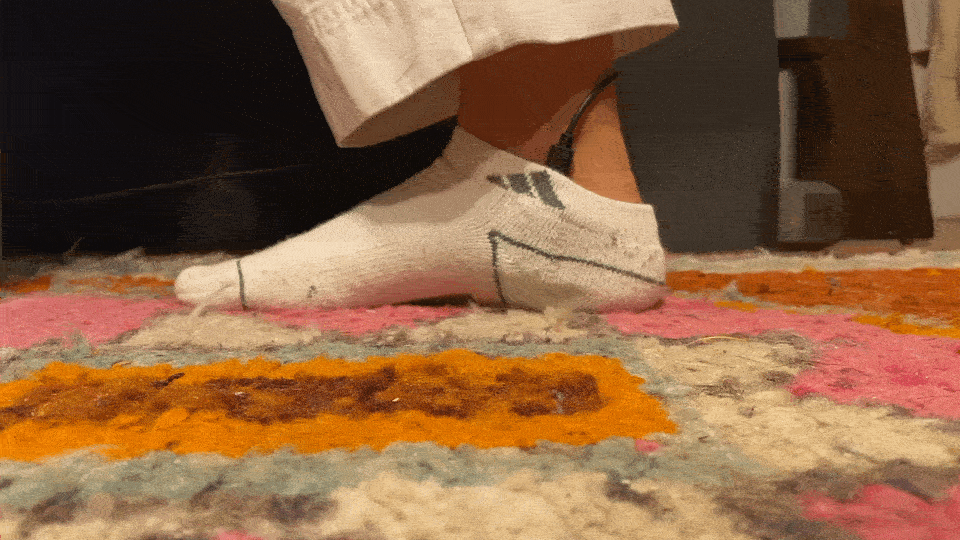Client_ Harvard Masters in Design Engineering Product Studio Design | Final Project
Collaboration_ Pranitha Patil, Trent Tepool
Timeline_ 6 week project | September - October 2020
Abstract_
Our brief was to design a telehealth product that solves for a specific need in the healthcare space.

01 the problem_
The diabetic epidemic continues to be a global threat, leading to an unprecedented number of diabetic foot ulcers (DFUs). Complications from DFUs lead to a staggering number of annual amputations.

02 our research_
The life of a diabetic foot wound proves to be a challenge at every phase for patients and physicians. Existing solutions in market have been slow to innovate and run on analog systems that are not designed with the patient in mind.

personas_
We interviewed over 20 industry experts that included wound nurses, physicians, podiatrists, and diabetic patients. We summarised our interview details and insights in four key personas: Controlled Diabetes Type II Patients, Uncontrolled Diabetes Type II Patients, Wound Nurses, and Physicians.


patient journey_
Our interviews with patients enlightened the highs and lows of discovering and living with a DFU, which informed our patient journey

03 ideation & prototyping_
After collecting all our research we began building 'look-like' prototypes from clay, silicone, paper and cardboard. Because we had to pay close attention to the complex anatomical structure of the human foot and leg, we quickly moved into 3D softwares (Fusion 360, nTopology, Meshmixer) to iterate on our designs as it was easier to ensure anatomical accuracy.










To develop our prototypes further, we created 'works-like' prototypes to demonstrate how the prototype's technology flow would function.
hēlaboot
Our boot used an Arduino Uno and Nano Sense BLE microprocessor to measure pressure, temperature and moisture, and acceleration. These indicators allowed us to sense and monitor how the patient was using the boot and how were progressing and adhering. We also re-designed a pneumatic system from the Wyss Institute's Smart Thermally Actuated Textiles (STATs) to act as a responsive 'offloading' feature. The 'offloading' worked by sensing the pressure from the patient's gait, and shifted the patient's weight away from the DFU to other parts of the foot.




pressure sensors
Measure the psi on points of the foot to actuate 'offloading'
accelerometor
Monitor patients adherence
temperature & moisture sensors
Sense for leakage from bandage
Schematic of how the STATs pneumatic system would work to responsively sense pressure data and inflate to redistribute patient's weight to other parts of the foot when walking

Schematic of various materials used for the helaboot. Materials were selected by running Ashby Plots with a material index that maximised strength and minimized mass.

hēlapad
Our pad used image processing software ImageJ to capture and analyse imagery when patients step on the pad. This preventative technology triggered a messaging system to the patient and physician if something looked discolored or inflammed.




User flow for helapad
Schematic of materials used in the pad
04 final product_
MOBILE APP

.png)

